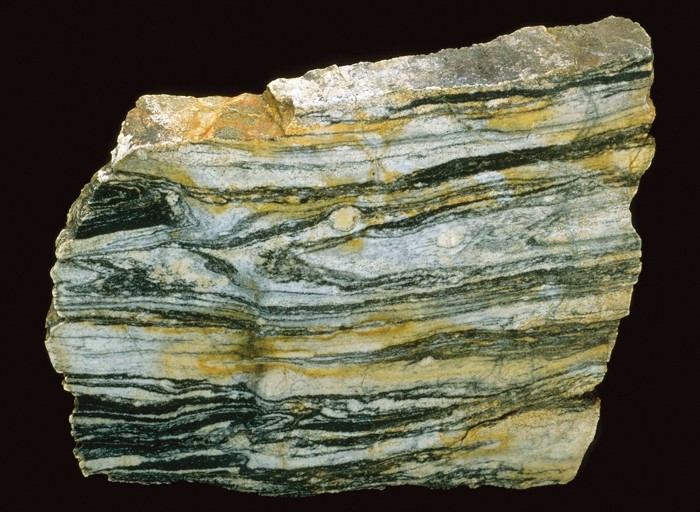Advertisement
Grab your lab coat. Let's get started
Welcome!
Welcome!
Create an account below to get 6 C&EN articles per month, receive newsletters and more - all free.
It seems this is your first time logging in online. Please enter the following information to continue.
As an ACS member you automatically get access to this site. All we need is few more details to create your reading experience.
Not you? Sign in with a different account.
Not you? Sign in with a different account.
ERROR 1
ERROR 1
ERROR 2
ERROR 2
ERROR 2
ERROR 2
ERROR 2
Password and Confirm password must match.
If you have an ACS member number, please enter it here so we can link this account to your membership. (optional)
ERROR 2
ACS values your privacy. By submitting your information, you are gaining access to C&EN and subscribing to our weekly newsletter. We use the information you provide to make your reading experience better, and we will never sell your data to third party members.
Geochemistry
Chemistry In Pictures
Chemistry in Pictures: Earth’s oldest rock is pretty gneiss
by Brianna Barbu
November 21, 2023

The people at the Smithsonian Institution National Museum of Natural History were nice enough to give a couple members of the Chemistry in Pictures team a behind-the-scenes look at their mineral collection. For the next couple weeks, we’ll bring you photos of some of the minerals that wowed us, some of which are billions of years old.
This is a piece of the Acasta Gniess, one of Earth’s oldest known rocks. It formed about 4 billion years ago from cooling magma under the surface of the Earth, which had only been around for about 500 million years by that point. Billions of years of intense heat and pressure caused the igneous rock to metamorphose into a glassy gneiss with bands of silicate minerals including quartz, feldspar, and amphibole.

There are older rocks on Earth that didn’t originate on our planet (spoiler alert!) and older minerals enclosed within other rock formations. But the Acasta Gneiss is the oldest intact piece of Earth’s crust, according to Elizabeth Cottrell, chair of the department of mineral sciences at the National Museum of Natural History.
The formation was found in 1983 near the Acasta River in Canada’s Northwest Territories, around 300 km north of Yellowknife. There are pieces of it all over the world, including a large chunk outside of the National Museum of the American Indian. A team will return there next summer to collect more samples for the museum’s collection so that scientists can continue to study this slice of Earth’s past for generations to come.
Credit: Chip Clark/Smithsonian Institution National Museum of Natural History (tabletop specimen); Brianna Barbu/C&EN (gloved hands)
Do science. Take pictures. Win money. Enter our photo contest here.





Join the conversation
Contact the reporter
Submit a Letter to the Editor for publication
Engage with us on Twitter